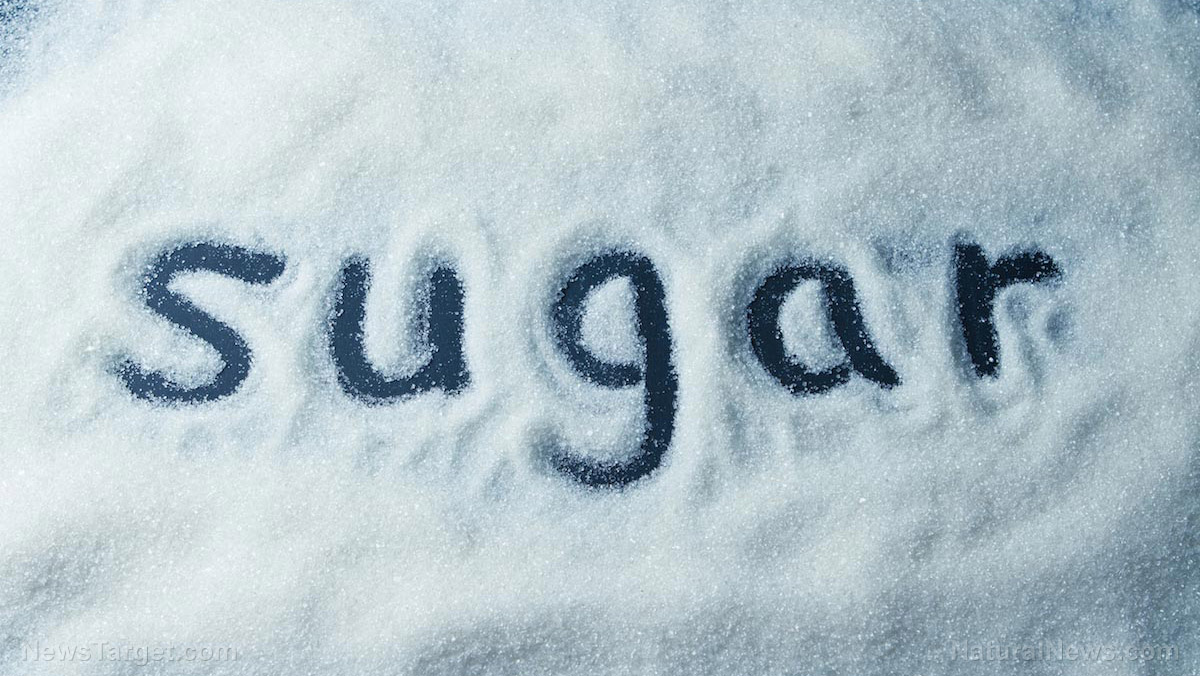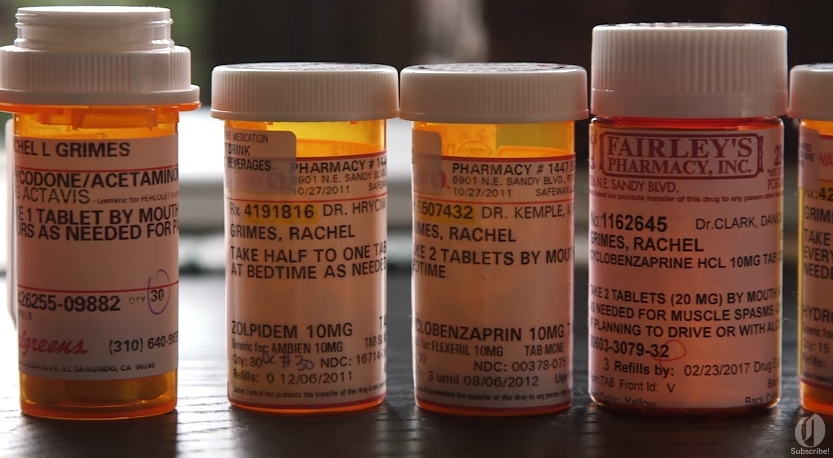Cocaine and other illegal drugs are so common that 13% of us have traces of it on our fingers (even if we don’t use it)
04/16/2018 / By Jayson Veley

A new study indicates that cocaine is now so prevalent in society that ten percent of those who have never even used the drug actually have traces of it on their hands.
The study, which was carried out by researchers at the University Surrey, involved testing the fingerprints of 50 drug free volunteers and an additional 15 volunteers who had taken cocaine or heroin in the past 24 hours. The researchers found that of the fingerprints taken from the 50 drug-free volunteers, roughly 13 percent contained traces of cocaine, and one percent contained a metabolite of heroin.
“It’s clear that fingerprint testing is the future of drug-testing,” said Mahado Ismail, lead author of the study. “There are many factors that set fingerprint testing apart – it’s non-invasive, easy to collect and you have the ability to identify the donor by using the sample.”
“Believe it or not, cocaine is a very common environmental contaminant,” explained Dr. Melanie Bailey, Lecturer in Forensic Analysis at the University. “It is well known that it is present on many bank notes. Even so, we were surprised that it was detected in so many of our fingerprint samples.”
Dr. Bailey added that they have found a way to tell the difference between someone who had come into contact with environmental contaminants and someone who was a genuine drug user. “By establishing a threshold for significance on a fingerprint test, we can give those tested the piece-of-mind of knowing that whatever the result of the test may be, it was not affected by their everyday activities or shaking hands with someone that had taken drugs.” (Related: The TSA has been caught in a massive $100 million cocaine cover-up).
But while the researchers at University Surrey are confident that they can make a distinction between people who had come into contact with environmental contaminants and real drug users, others are still quite concerned. What would happen if you were apprehended by authorities and they found traces of cocaine on your fingerprints, even though you had never sold or used the drug? What if the standards that University Surrey came up with to be able to tell the difference between a victim of environmental contaminants and a real drug user failed, and an innocent person was wrongly convicted of a crime he or she never committed? (Related: Snorting cocaine makes you six times more likely to suffer from a stroke.)
This hypothetical scenario has happened in the past. Back in 2015, for instance, a bus driver in the U.K. by the name of Alan Bailes won a claim for unfair dismissal after failing a drug test because he handled banknotes that had traces of cocaine on them. While this was certainly an unfortunate occurrence, it really shouldn’t have come as a surprise to the people of Britain. According to a study conducted by the Forensic Science Service, nearly all banknotes in the country are contaminated with cocaine within two weeks of entering circulation. Notably, the old cotton banknotes are notorious for picking up substances, which is one of the main reasons why the Bank of England is phasing them out and replacing them with plastic notes.
Even though this study was carried out in Britain, concerns over cocaine and illegal drug use remain high in the United States as well, especially as our border remains open and illegal immigrants continue to traffic drugs into the country from Mexico. In January, for example, ICE reported that a 46-year-old illegal alien from south of the border was sentenced to 12 years in federal prison for smuggling cocaine into the United States after having been deported once before. Another illegal immigrant, 37-year-old Giovanni Montijo-Dominguez, was also charged by criminal complaint with cocaine trafficking.
Sources include:
Tagged Under: addiction, Chemical exposure, cocaine, contaminants, crime, drug traces, drugs, false positives, privacy watch, research, War on Drugs, weird science




















